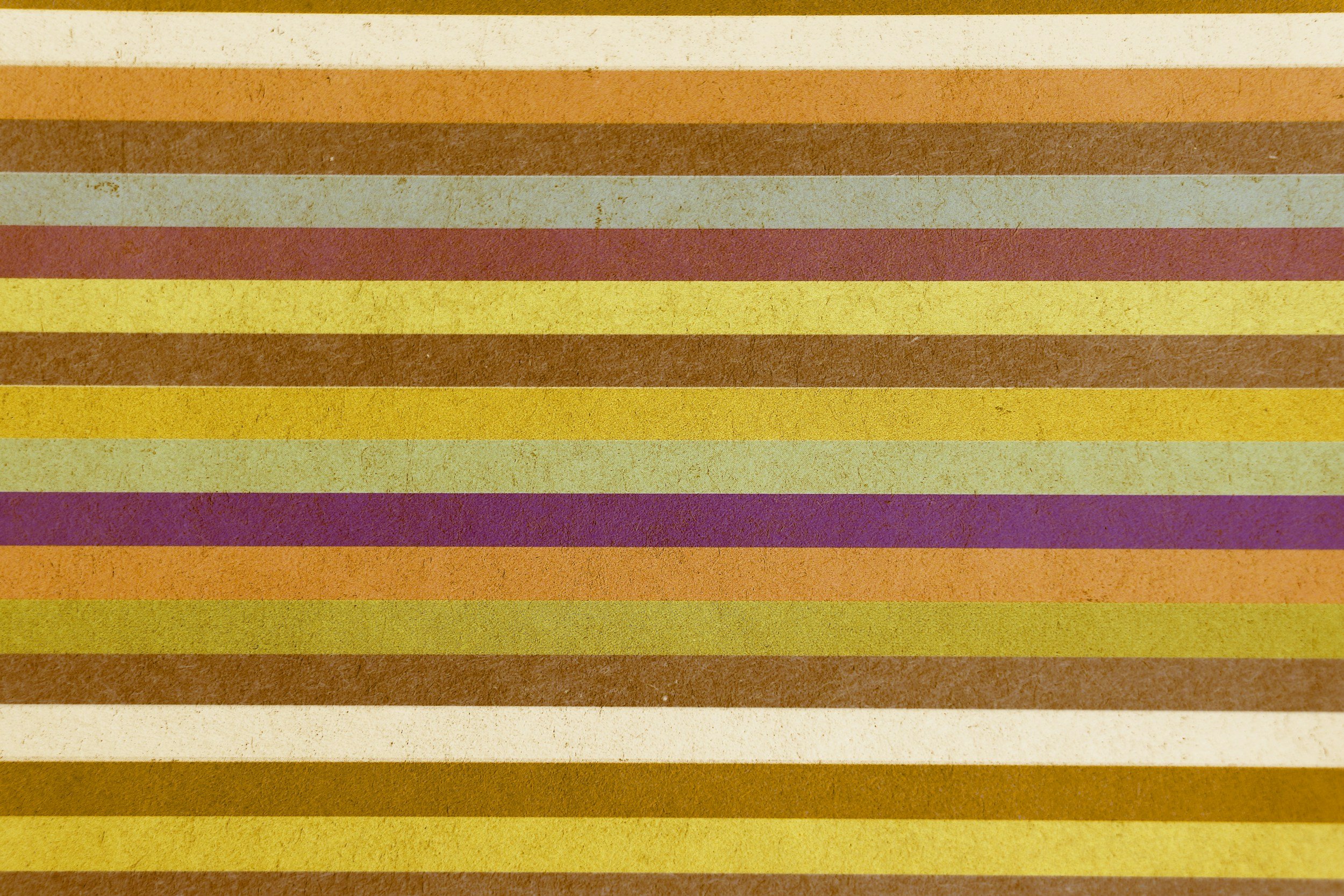By Daniel Mucinskas
Design for Change is an international movement dedicated to providing students with the tools and knowledge to shape the world for a better and more sustainable future. Over the past several years, the Good Project and Design for Change have partnered to mutually support one another and perform assessment of the impact of the Design for Change curriculum. We recently spoke with founder Kiran Bir Sethi about the organization’s curriculum and the importance of character education that encourages ethical thinking. Part 2 of an edited version of the conversation is below.
Q: What is up next for Design for Change’s 8th grade curriculum?
A: We have schools in several countries that are using the curriculum, including the United States. Colombia, Chile, and Taiwan are working on translating the materials and adopting them within the next year. This year we updated the curriculum and added further reflective elements due to previous feedback, and our current plan is to eventually reach grades 1-8. In India, schools are more likely to adopt a curriculum if it serves all grades. Since there has been an enormous interest, we are spending the year trying to build the curricula to include more stories and prompts.
We envision that our curricula will fit in with classroom instruction on topics like values, character building, and 21st century skills—subjects which often skipped completely. Most schools set aside a certain number of hours a year for this type of education because they have to; for instance, in most Indian schools, 40-50 hours a year are spent on developing character or values. We’re saying, “Give us those hours, and we’ll give you this curriculum.” Right now, most of the curricula in India that serve that purpose draw from mythological or historical sources. However, Design for Change is demonstrating that we have real live humans and other children who can actually be real models. We are dedicated to keeping these students at the center of our mission, focusing on kids who are making the world a better place. In expanding beyond India, we want children from each country to add their own stories.
Q: What do you think are the biggest challenges schools face when promoting the nexus of creative and ethical thinking in schools?
A: It’s always going to be a fact that creativity and ethics are not as tangible as other information taught in schools. That’s where the struggle is. But inherently or intellectually, character education is a very big piece of what schools should do for kids. I think when housekeeping and assessment pressures begin to factor in, teachers realize, “Oh, I can’t measure ethics or creativity. I don’t have the tools to say that the time I’ve spent has created effective results, so let me put more hours back into math and English, which I can more easily evaluate.” I think there will constantly be that struggle, but we need to recognize that it’s not an either/or situation for this program model. Interesting research is coming out showing that children benefit from learning to be kind and capable decision-makers. Design for Change is one way to realize this. One of my concerns is that the pace at which this type of education has been implemented has been slower than would be ideal, at least in India.
Q: What are your thoughts on how we can best measure changes in ethical decision-making or measure values education for young people?
A: We have an interesting collaboration with Ashoka, and they are interested in how you measure empathy in Changemaker Schools. They have identified four characteristics of changemakers: teamwork, creativity, empathy, and leadership. These are the four changemaking skills that every child needs to succeed. We’ve been collaborating to try and develop some measures for these skills. The crucial part of assessing these values is to go back to the kids and ask for their input. We had students help us to see if we were actually measuring what we set out to measure, and it was fantastic to hear about the ways that students felt they would like to be asked or questioned about their reasoning in a certain situation. Instead of asking, “Where/when have you seen yourself do XYZ?”, they independently discussed behaviors they exhibit themselves (for example, “I take over conversations when I feel my ideas are not being valued.”). The young people we met with know which behaviors do and do not allow for good teamwork to happen; they’ve seen it and have been a part of it. It’s very interesting to get their perspective on framing the question.
We were at a conference when the Changemaker Schools were launched, and the kids found the frameworks very useful, while the teachers also noted how simply they could incorporate certain ideas into their day-to-day practice. For instance, in any school day, there are multiple ways to provide a surplus or a deficit of values, and the students came up with a “scenario curriculum” through which they asked, “In the hallway, on the school bus, or the cafeteria, how do you leave these places with a surplus of positive values?” When we’re talking about ethical behavior or decisions, once the standard for ethical behavior is visible, it becomes easy for the kids to replicate. Young people see that they can create surplus positive value in an enriching way by understanding how different actors, such as bus drivers and parents, feel and how the ripple effect of everything we do influences others.
Children examining their own actions becomes a natural extension of ethical decision-making, and students learn to develop a strong natural voice that allows them to become involved with decisions made at their schools. I know that it can be a struggle to listen to all voices and to ask students for their input; I know it’s a difficult space to give that much voice to a child. But I also know it has enormous value to empower children that way.
You can find our more about Design for Change at their website by clicking here.
Read Part 1 of our conversation in which Kiran discusses the 2015 Be the Change conference, aspirations for the future, and the role of teachers in spreading Design for Change’s messages.






